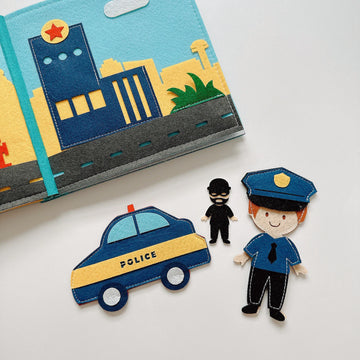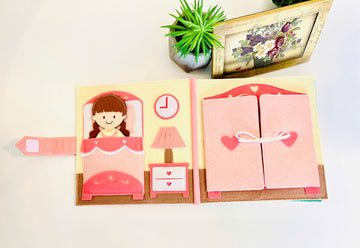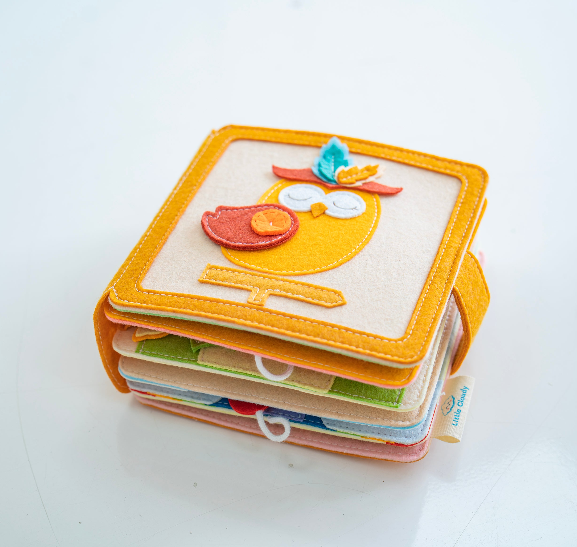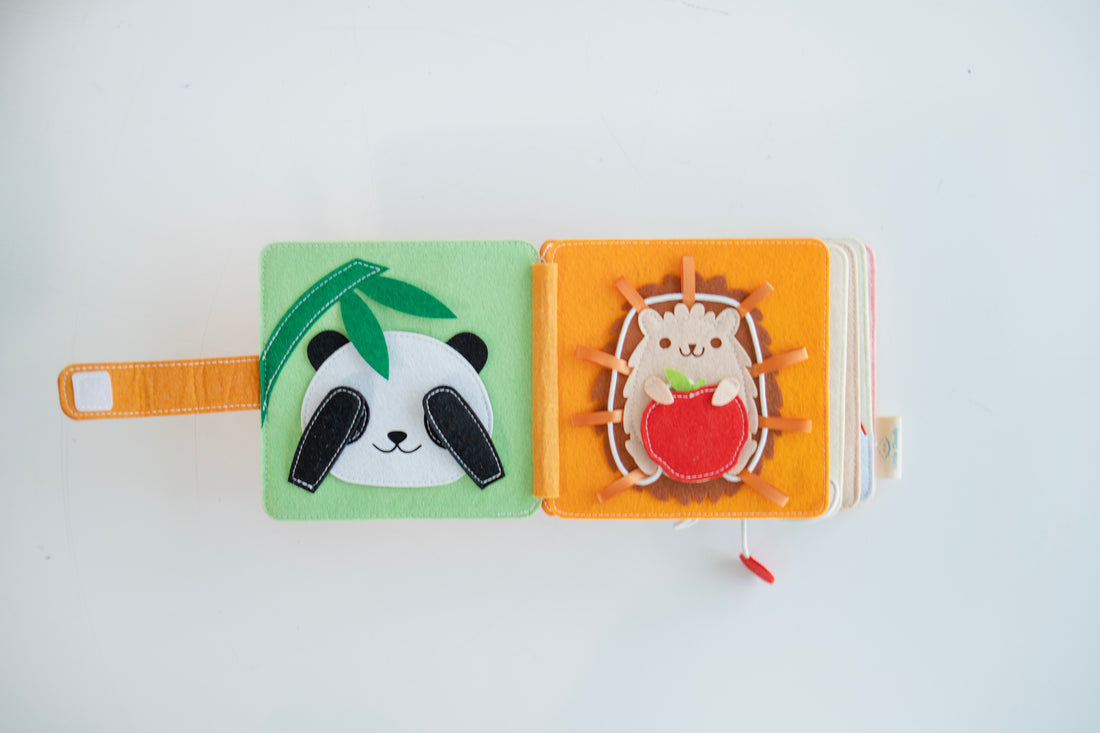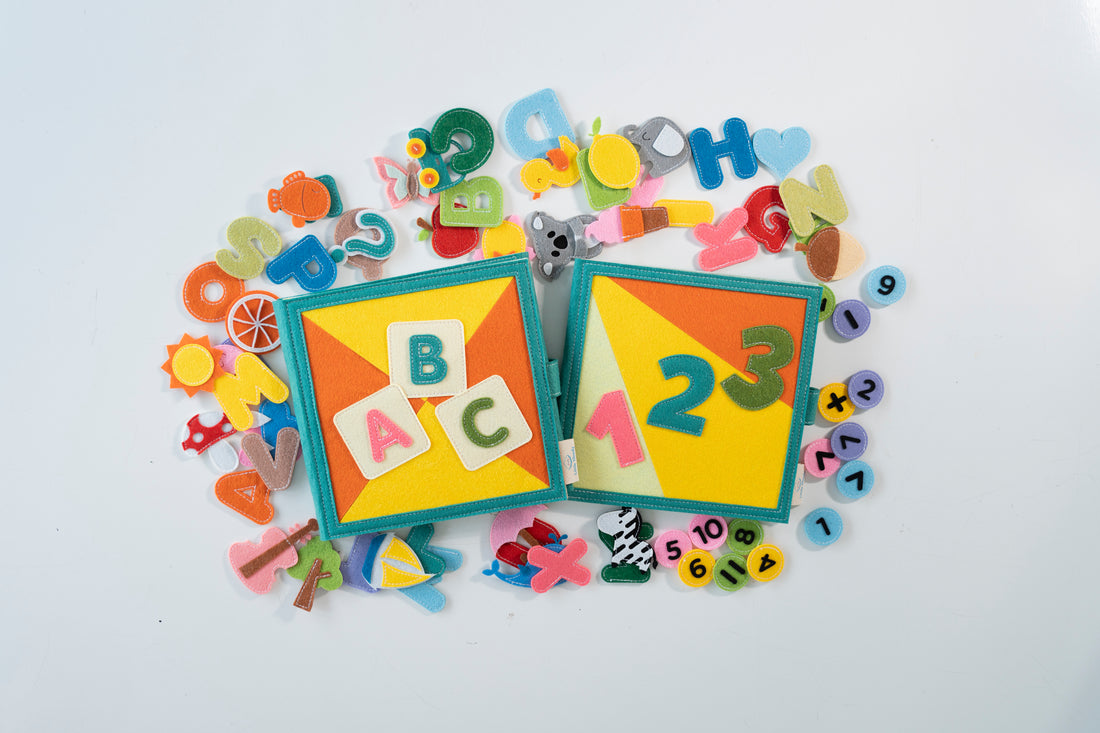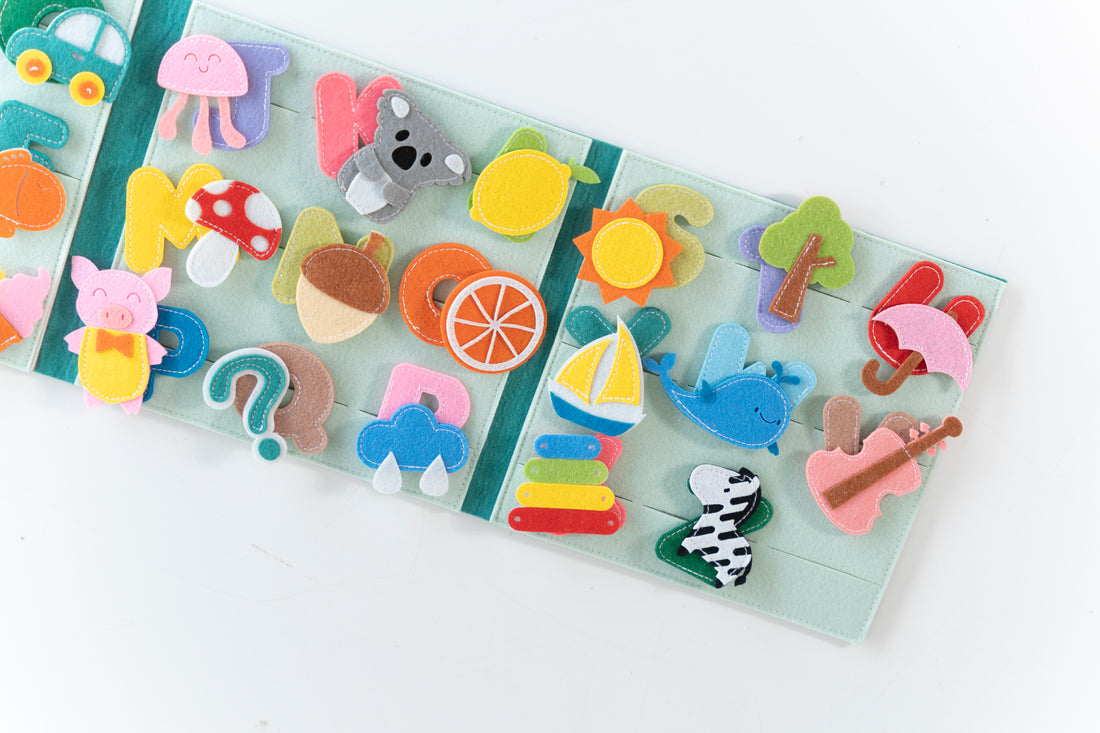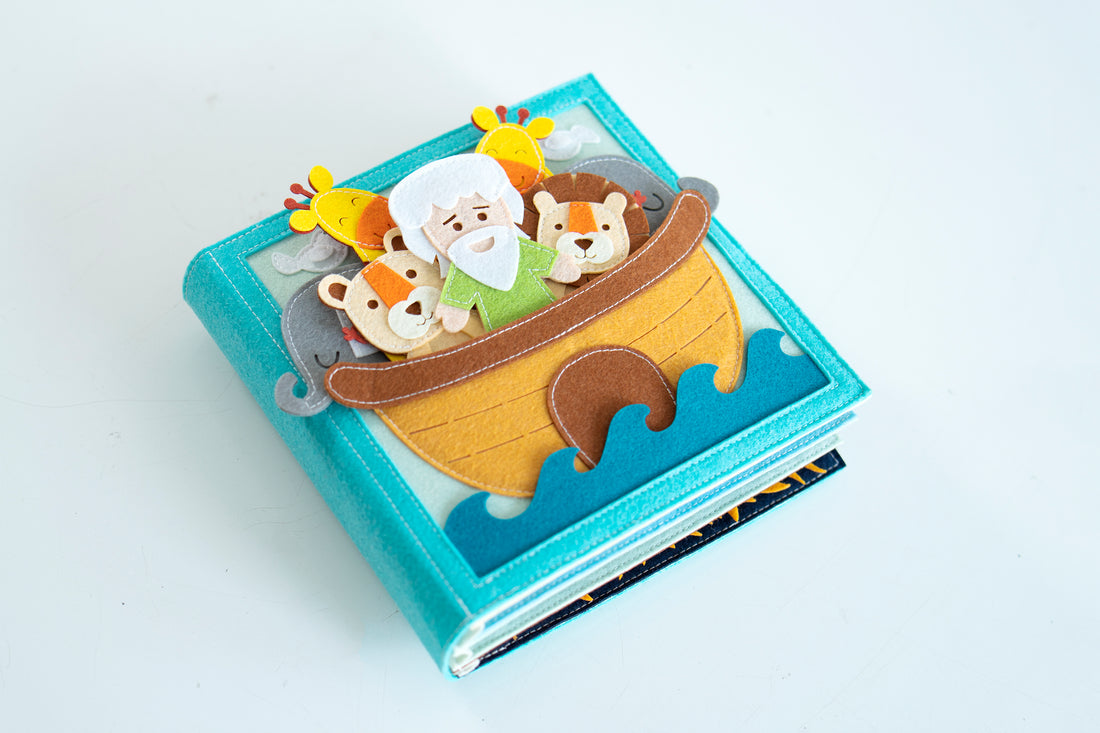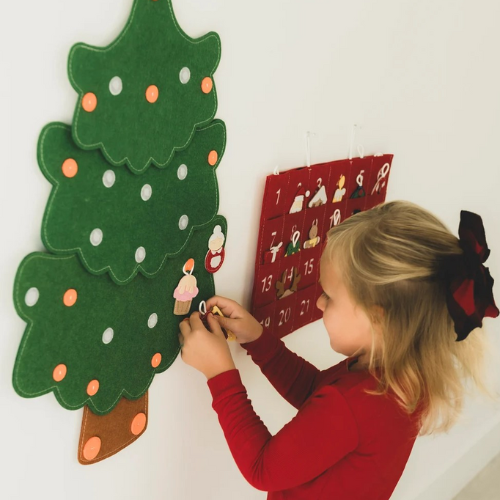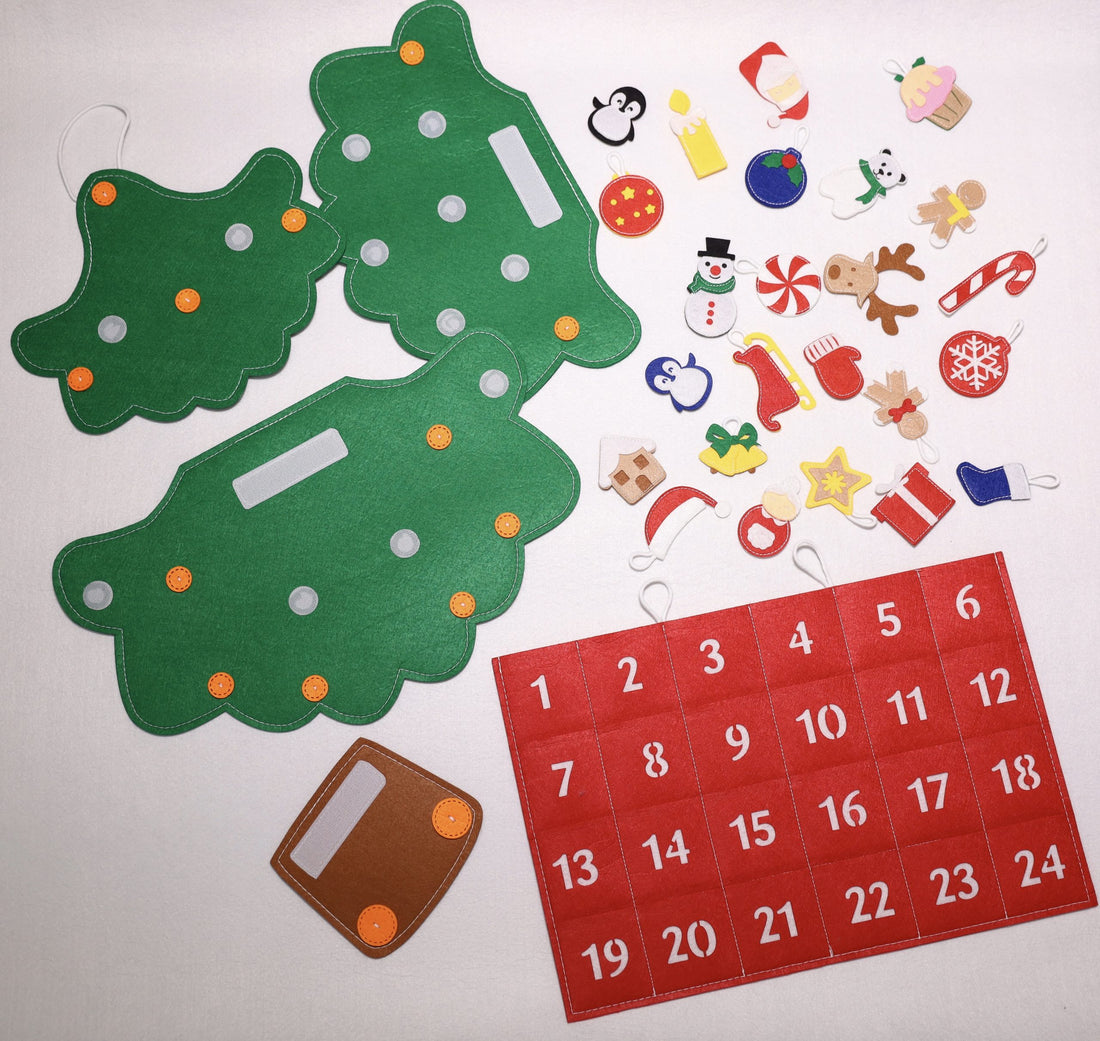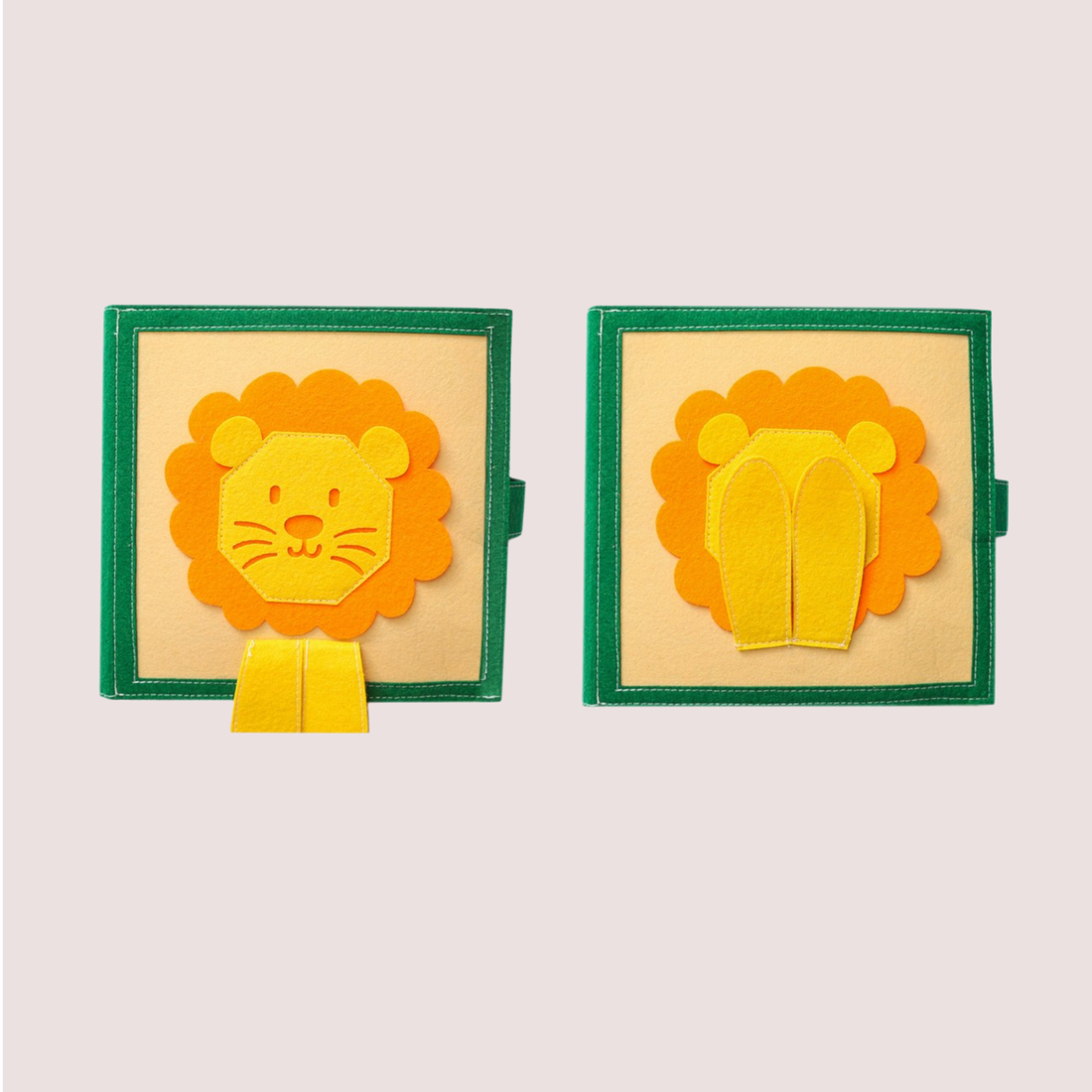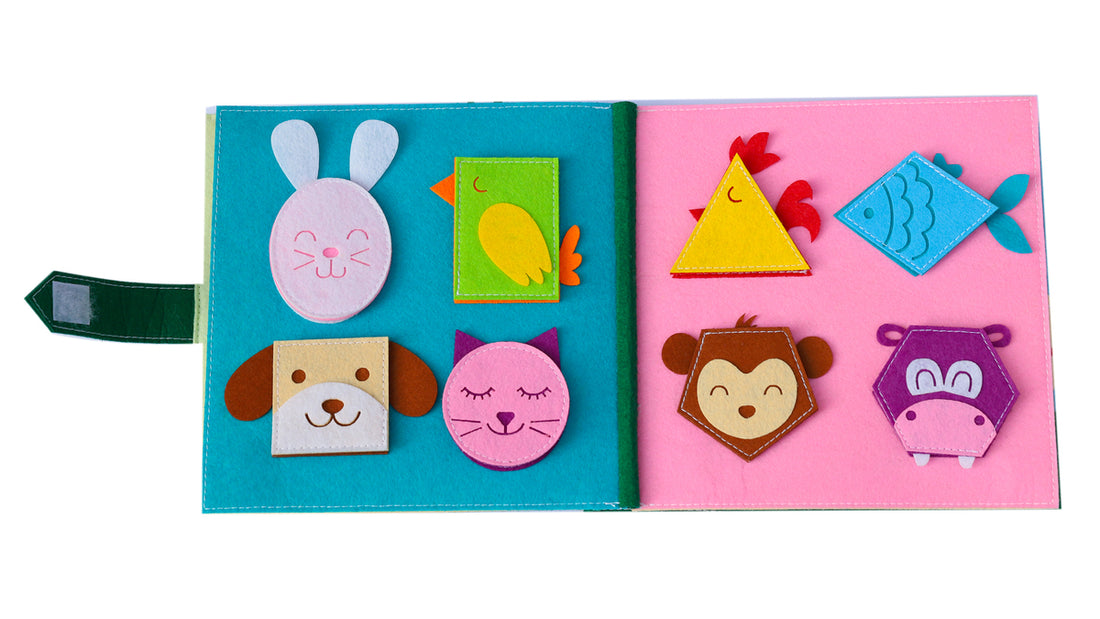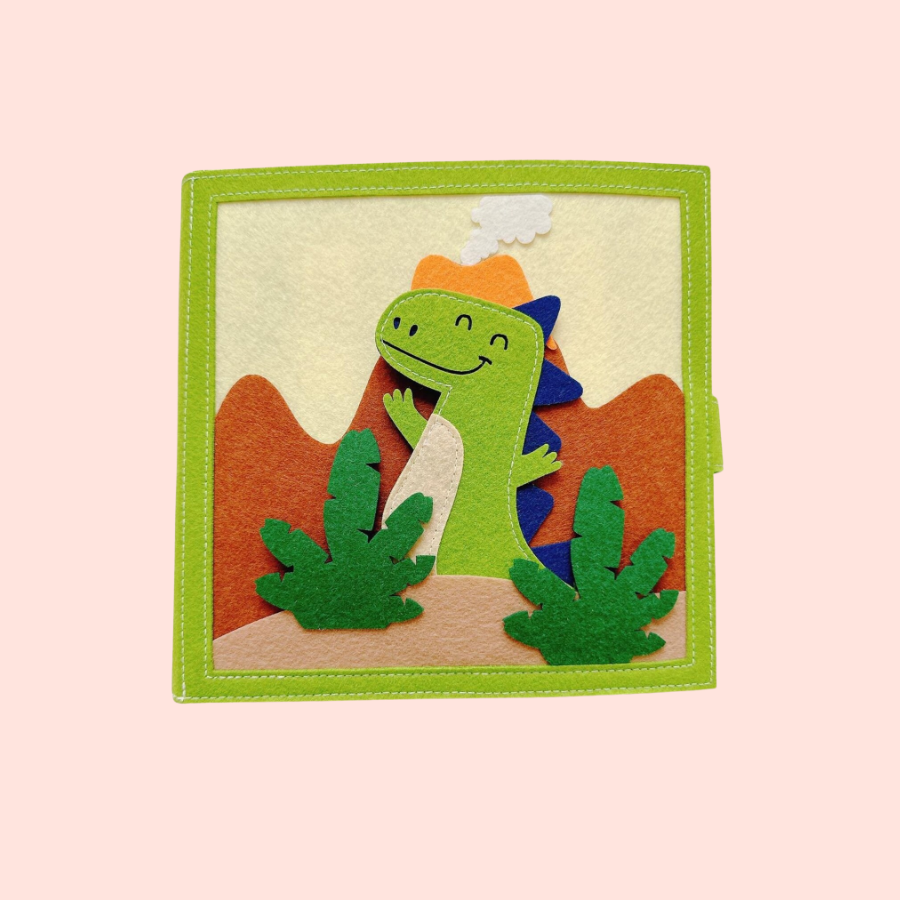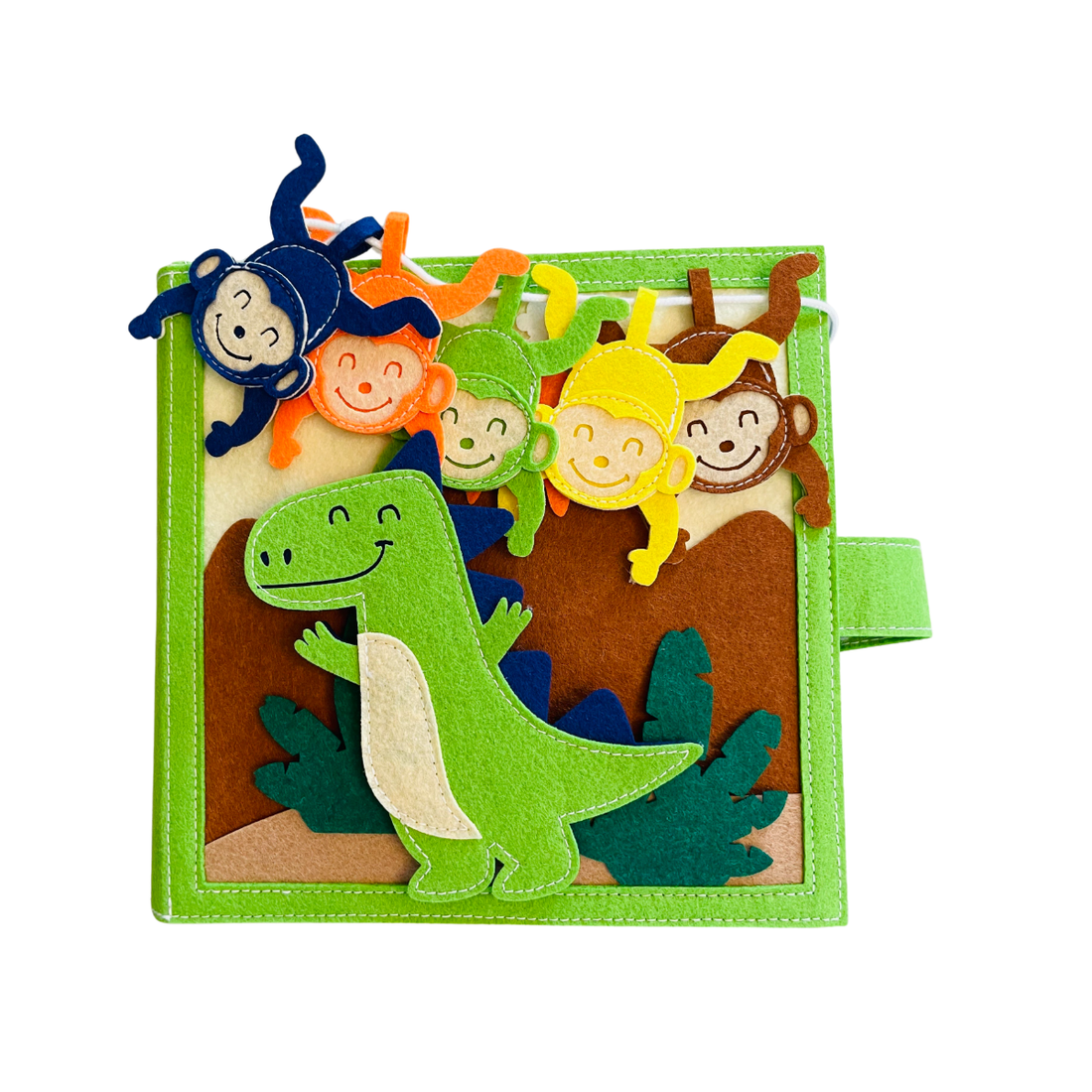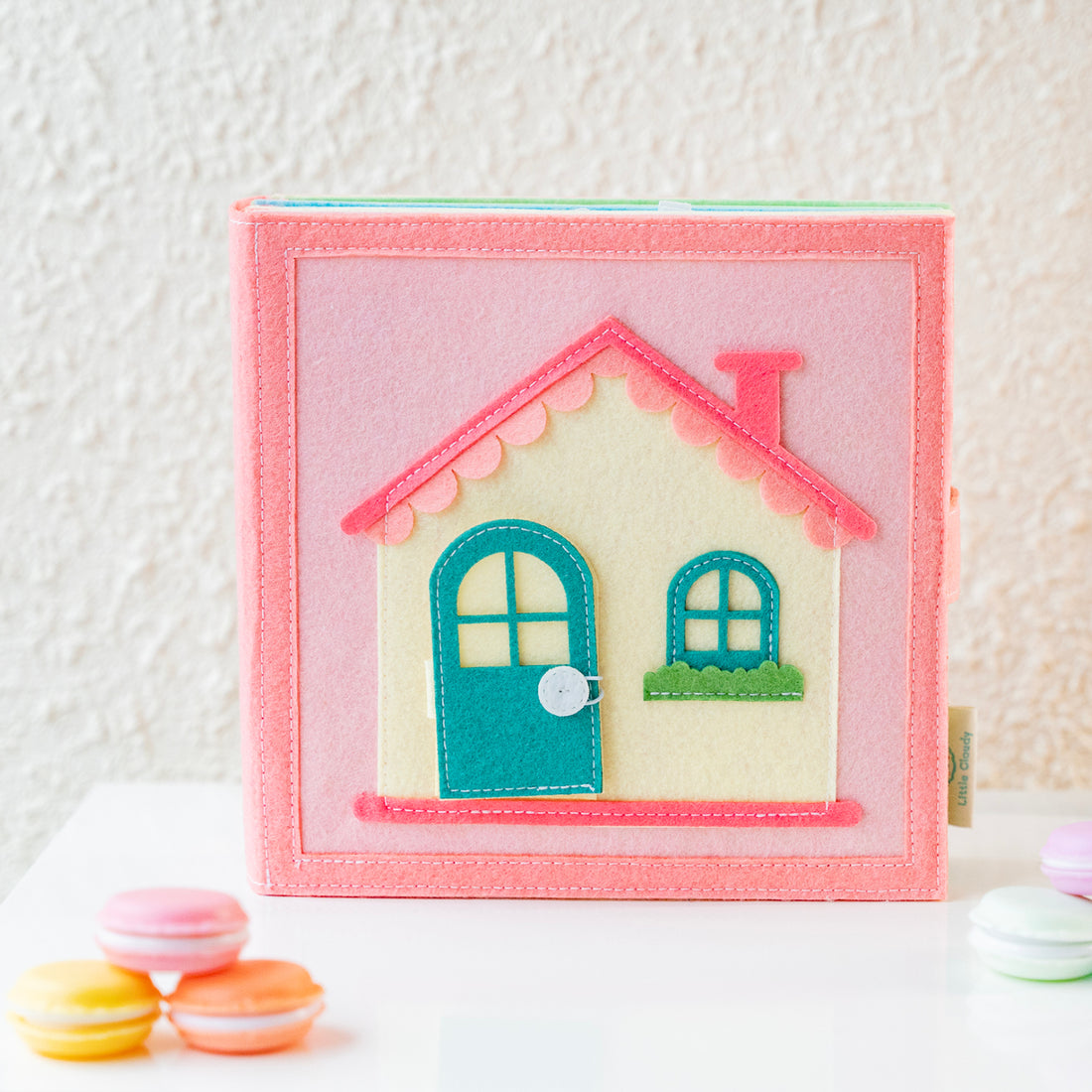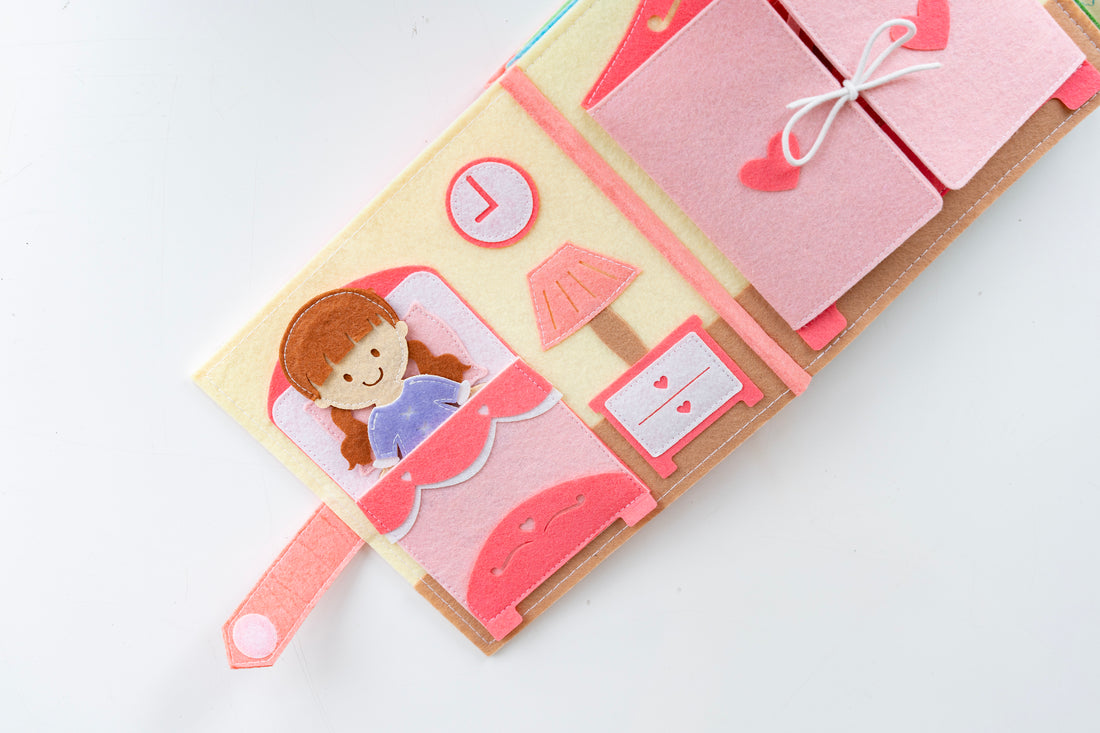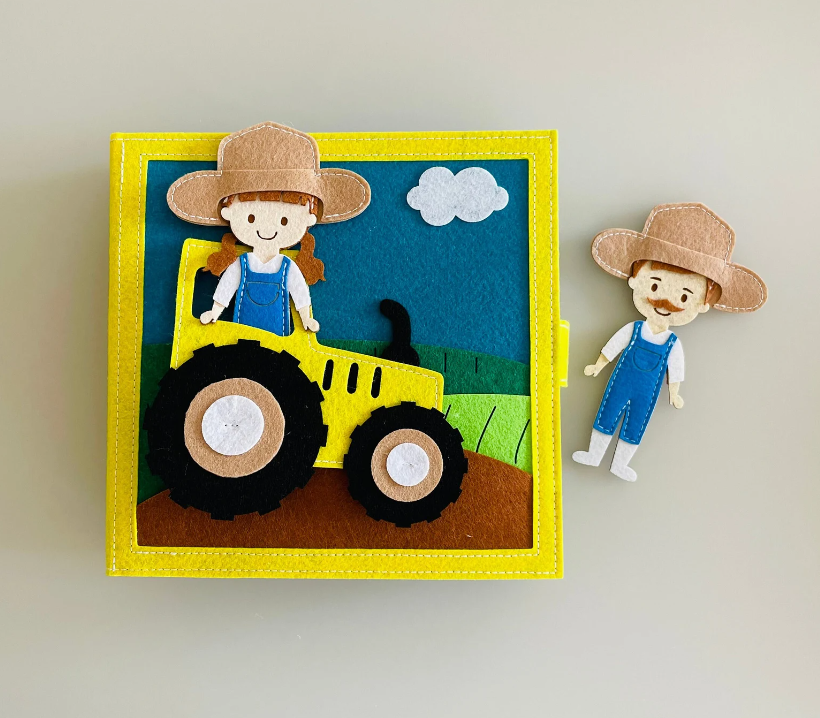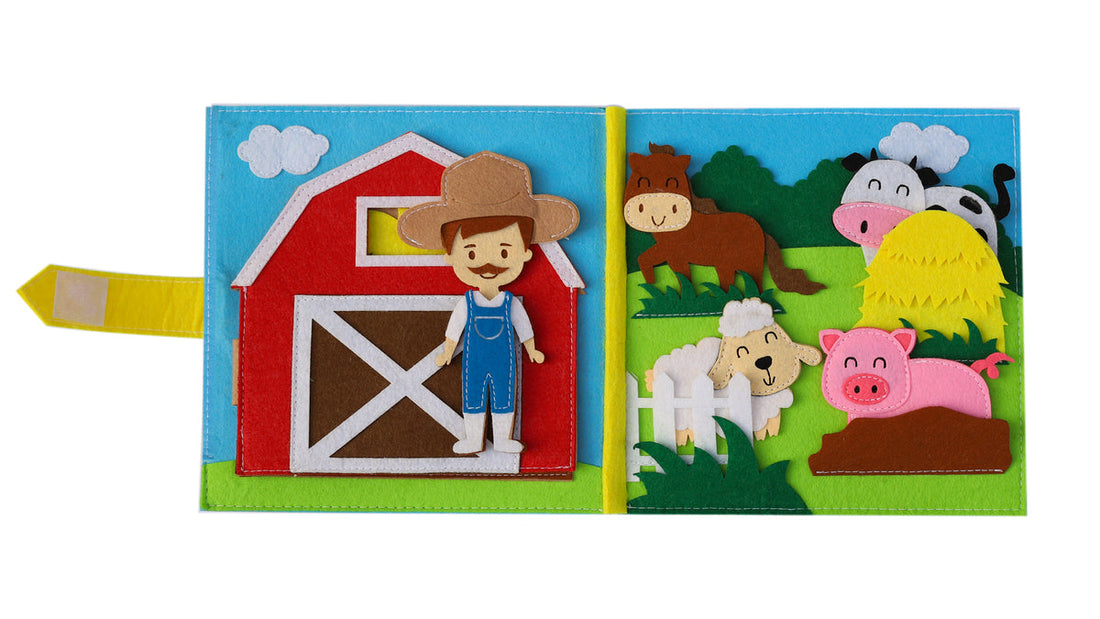As much as we appreciate the spirited nature of preschoolers, there are times when quieter activities are necessary – be it for calming down periods, transitioning between boisterous games, or simply because we crave a few moments of tranquility amidst a bustling day. The key to successful quiet activities is to find engaging tasks that hold your little one’s interest while simultaneously helping them to focus, cultivate patience, and hone their fine motor skills.
Let's explore a selection of quiet activities that are ideal for preschoolers.
1. Storytelling with Picture Books
Reading together is a classic quiet activity, and for good reason. Picture books provide an accessible way for children to engage with stories. They can follow the narrative through the images and begin to make associations with the words being read to them. This activity also fosters a love of reading and a fondness for stories, which can support language development and imaginative thinking.2. Puzzle Time
Puzzles are a fantastic way to develop problem-solving skills and improve hand-eye coordination. Depending on your child's ability, you can choose puzzles with a varying number of pieces. Completing a puzzle can give children a sense of achievement, which is beneficial for their self-esteem. Plus, it's a task that can absorb their attention for extended periods.3. Clay or Play-Doh Modelling
Clay or Play-Doh provides a quiet, sensory-rich experience. Kids can create whatever comes to mind - animals, buildings, imaginary friends, or abstract sculptures. It's a wonderful way to encourage creativity and strengthen hand muscles, preparing them for writing. If you use air-drying clay, they can even paint their creations afterwards, extending the activity.4. Tracing and Drawing
Tracing can be an excellent quiet activity that supports handwriting skills. Kids can trace over dotted lines to create pictures, letters, or numbers. Similarly, freehand drawing can foster creativity and concentration. To make it more engaging, consider introducing a theme each time – like drawing their favorite animal or designing their dream house.5. Sorting Games
Sorting games are superb for developing logical thinking and classification skills. You can use items like colorful buttons, small toys, or blocks. Challenge your child to sort them by color, size, or shape. This activity is not only calming but also introduces the foundations of mathematical concepts.6. Sensory Bins
Sensory bins are containers filled with materials designed to stimulate the senses. They can include things like sand, water beads, rice, or pasta. Add in scoops, tweezers, or small toys, and children can spend a long time exploring these mini worlds. It's a calming activity that also promotes fine motor skills, scientific thinking, and imaginative play.7. Yoga for Kids
Yoga can be an enjoyable, quiet activity for preschoolers that helps with flexibility, balance, and mindfulness. Many resources offer yoga poses and sequences designed specifically for kids. Often, these incorporate animal poses and playful narratives to keep children engaged.
Remember, the goal of quiet activities is not just about reducing noise levels or keeping children occupied. These moments of calm and focus are critical for fostering patience, creativity, self-expression, and a range of cognitive skills. So, next time your lively preschooler needs a moment of tranquility, try one of these activities and enjoy the peaceful moments together.
Montessori quiet book

A Montessori quiet book, when used effectively, can indeed encourage quieter, more focused periods of activity for children. The book's engaging, hands-on tasks demand concentration and engagement, which often translates to quieter behavior as children become absorbed in their activities.
Here's how a Montessori quiet book aids in fostering a quiet time environment:
Encourages Focus and Concentration: The various activities in a Montessori quiet book require a level of focus and concentration. As children become engrossed in tasks such as buttoning, lacing, or color sorting, they naturally settle down and engage in quieter play.
Supports Independent Play: The activities in a quiet book are designed for children to work on independently. Independent play can help children self-regulate, allowing them to calm themselves and reducing the need for loud or disruptive behavior.
Provides Sensory Stimulation: Many of the activities in a Montessori quiet book provide different types of sensory feedback (touch, visual, etc.), which can be calming for many children, particularly those who might become overstimulated in louder or more chaotic environments.
Promotes Routine: If used regularly, the quiet book can become associated with periods of calm and quiet in the child's routine. For instance, it can be especially useful during transitions, such as winding down before nap time or bedtime, or during travel.
While the quiet book is a tool that can encourage more tranquil periods, remember that children also need opportunities for louder, more active play. Balance is key in providing a range of experiences that cater to different moods, energy levels, and learning opportunities.

